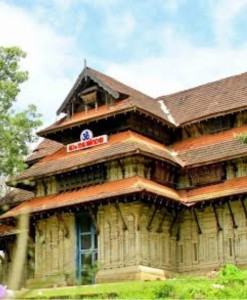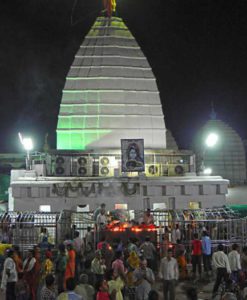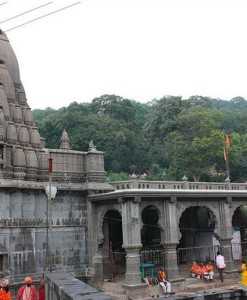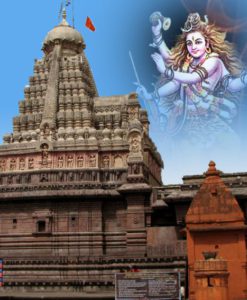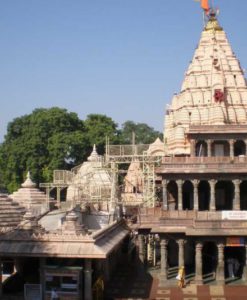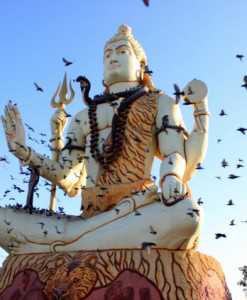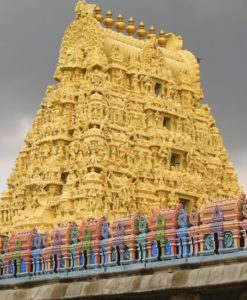No products in the cart.
Akshardham, Delhi
One of the most popular and amazing tourist attractions in the Indian nation is Akshardham temple. Known for its beauty and wide area Akshardham has several attributes that defines the existence and motive of human. Destiny of humankind along with universe details comprises the history of Akshardham temple. Researchers do not call this place only as temple as it is the place of enlightenment, education and entertainment. The entire area of Akshardham spreads over 23 acres and it includes parks, rides, lakes, sculptures and shrines flooded over the complete area of temple. All these things collectively describe the entire experience of India’s rich heritage and culture. Akshardham temple history devotes its existence to Lord Swaminarayan and has its inspiration from Pujya Pramukh Swami Maharaj. Thousands of people and volunteers have invested their money and service to establish this miraculous architecture of Akshardham that explores the rich culture of religion.
The followers of Lord Swaminarayan work over here by spreading and enhancing the flavor of spirituality and devotion with complete peace of mind. This monument based on authentic and modern techniques present the perfect impression or imprint of Indian architecture with religious culture. The architecture comprises of pink sandstone that comes from Rajasthan. More than thousands of these exclusive stones are carved with historical imprints that narrate the rich culture of India through pictures and carvings. The artists and builders have not used cement or metals like steel so that monument lives for years to come.
- Temple History
- Architecture
- How To Reach The Temple
- Daily Poojas And Festivals
- Videos
- Additional Information
The history of Akshardham temple suggests that there are about 93 pillars that are sculpted and more than 40 windows having carving from either sides that allows patterns to look outstanding. The carving done on pillars and the walls of temple are actually poetic and looks wonderful in narrating the aura of devotion towards the culture. This particular temple has its name in the book of records in world, Guinness and it includes all the basic amenities and features that allow offering a prayer. Akshardham Temple history is available on stores and internet for the people having interest in this religious monument. The temple does not ask you to follow particular God rather it just asks people to pray their mentor or teacher that is to whom they owe their existence. All these theories by Lord Swaminarayan were compiled together and the place called Akshardham came in to origin. People here come to practice self-peace of mind and soul as per historical aim of this temple.
The main attraction of the Swaminarayan Akshardham complex is the Akshardham Mandir. It rises 141-foot (43 m) high, spans 316-foot (96 m) wide, and extends 356-foot (109 m) long. It is intricately carved with flora, fauna, dancers, musicians, and deities.
Designed in accordance with the standards of Maharishi Vastu Architecture, it features a blend of architectural styles across India. It is entirely constructed from Rajasthani pink sandstone and Italian Carrara marble. Based on traditional Hindu architectural guidelines (Shilpa shastras) on maximum temple life span, it makes no use of ferrous metal. Thus, it has no support from steel or concrete.
The mandir also consists of 234 ornately carved pillars, nine domes, and 20,000 murtis of sadhus, devotees, and acharyas. The mandir also features the Gajendra Pith at its base, a plinth paying tribute to the elephant for its importance in Hindu culture and India’s history. It contains 148 life sized elephants in total weighing a total of 3000 tons.
Under the temple’s central dome lies the 11-foot (3.4m) high murti of Swaminarayan seated in abhayamudra to whom the temple is dedicated. Swaminarayan is surrounded by images of the faith’s lineage of Gurus depicted either in a devotional posture or in a posture of service. Each murti is made of paanch dhaatu or five metals in accordance to Hindu tradition. The temple also houses the murtis of Sita Ram, Radha Krishna, Shiv Parvati, and Lakshmi Narayan.
FROM AKSHARDHAM METRO STATION
1. Exit Station and Turn Right
2. Walk 100 meters and Turn Right
3. Walk 250 meters & Enter Akshardham – Gate 1
FROM AIRPORT (1HR 30 MINS)
1. Take Orange Line to New Delhi Metro Station
2. Disembark at New Delhi Metro Station
3. Take Yellow Line (toward HUDA City Centre)
4. Disembark at Rajiv Chowk Metro Station
5. Take Blue Line (Towards Noida City Centre)
6. Disembark at Akshardham Metro Station
FROM NEW DELHI RAILWAY STATION (40 MINS)
1. Walk towards Ajmeri Gate Exit
2. Walk towards New Delhi Metro Station
3. Take Yellow Line (toward HUDA City Centre)
4. Disembark at Rajiv Chowk Metro Station
5. Take Blue Line (Towards Noida City Centre)
6. Disembark at Akshardham Metro Station
FROM OLD DELHI RAILWAY STATION (45 MINS)
1. Walk towards Chandani Chowk Metro Station (350 Meters)
2. Take Yellow Line (toward HUDA City Centre)
3. Disembark at Rajiv Chowk Metro Station
4. Take Blue Line (Towards Noida City Centre)
5. Disembark at Akshardham Metro Station
Akshardham, Delhi;
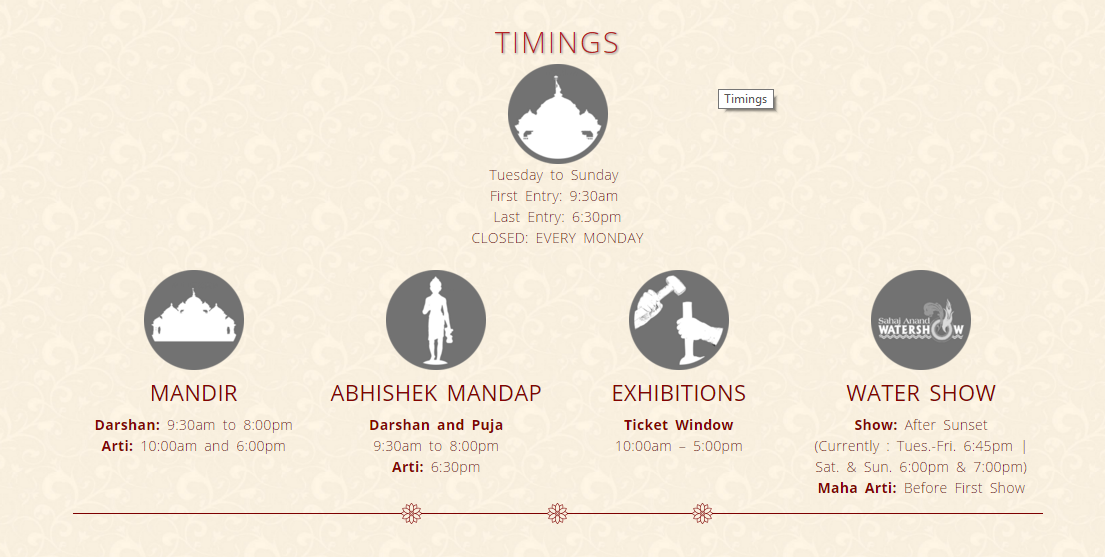
Key Attractions:
• Mandir: Made of pink stones and white marble, the main temple was built without the use of steel. Decorated with domes, carved pillars and 20,000 murtis (statues), it is simply divine.
• Hall of Values (Sahajanand Pradarshan): The audio-animatronics show conveys the messages of wisdom and the true meaning of living life by practicing – ahimsa or non-violence, vegetarianism, morality and harmony. Each statue appears so real.
• Giant Screen Film (Neelkanth Yatra): The film revolves around a child yogi, Neelkanth Varni. The screen is over six stories high.
• Boat Ride (Sanskruti Vihar): One should not miss the boat ride when in Akshardham. This twelve-minute ride will be like a ride into 10,000 years of India’s heritage. From Vedic life to Takshashila and an era of ancient discoveries – you’ll get to experience it all.
• Musical Fountains (Yagnapurush Kund): The musical fountain show is held in the evening and showcases the interdependency between God, nature and man. Its is an extraordinary experience!
• Garden of India (Bharat Upvan): Manicured lawns and gardens with bronze statues add on to the charm of the entire complex. Yogihriday Kamal is a special lotus that reflects auspicious sentiments.


